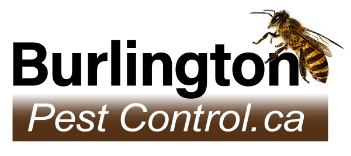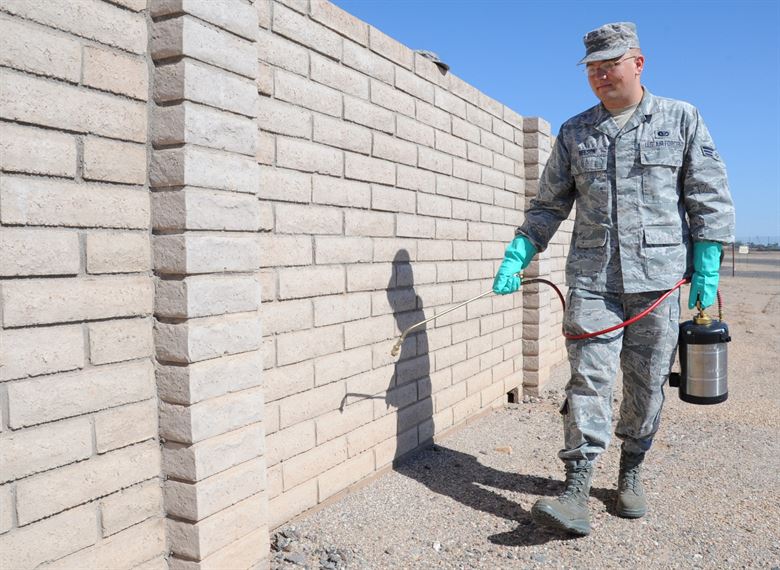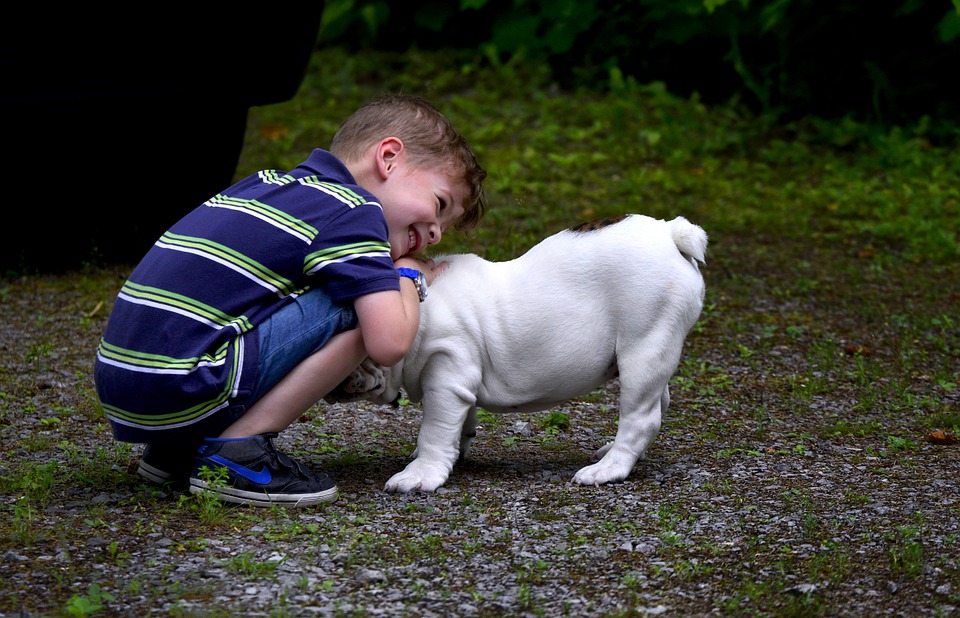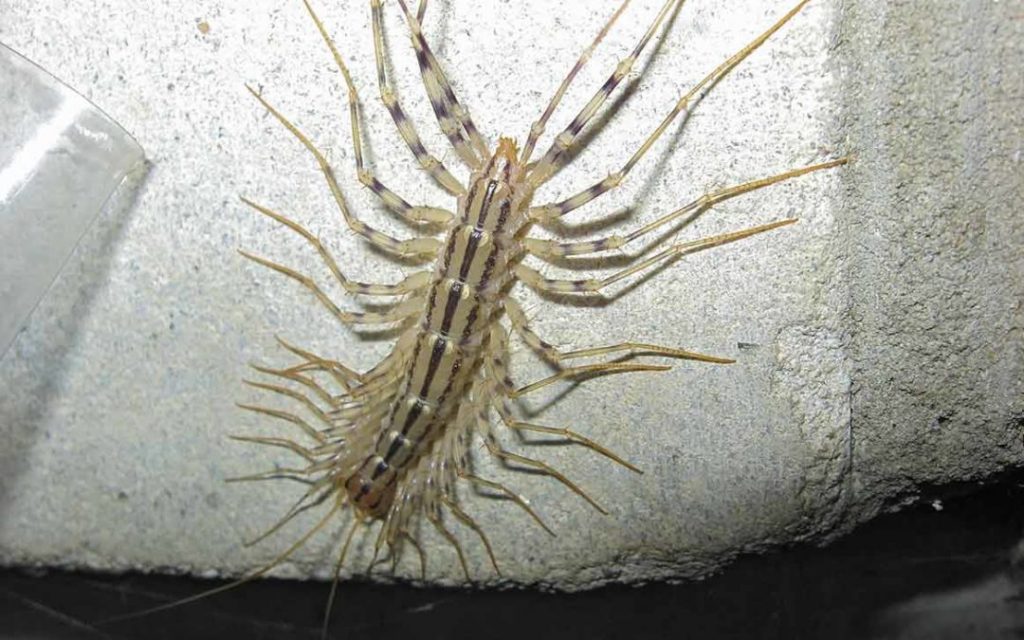The Role of Burlington's Climate in Pest Behavior: A Local Analysis
As climate change continues to impact regions worldwide, the relationship between climate and pest behavior has become an increasingly pressing issue. In Burlington, the unique climate can create challenges for homeowners when it comes to pest infestation. The city’s winters can be harsh, but even in the warmer months, humidity and precipitation can create environments in which pests thrive. Understanding how changes in temperature and precipitation impact pest behavior can help homeowners take proactive measures to protect their homes and families. By staying informed about Burlington’s climate and the pests that are drawn to it, residents can minimize the risk of infestation and maintain a healthy, pest-free home.
1. Humidity and Moisture Levels
Burlington experiences a humid continental climate, characterized by warm summers and cold winters. The region’s moderate to high humidity levels provide an ideal environment for pests that thrive in moist conditions. Common pests such as ants, cockroaches, and termites are attracted to areas with high humidity and readily available moisture sources. Homeowners in Burlington should be vigilant about controlling indoor humidity levels, promptly fixing leaks, and ensuring proper ventilation to discourage the proliferation of these pests.
2. Seasonal Changes and Pest Activity
The distinct seasons in Burlington influence pest behavior and activity. Spring and summer bring warmer temperatures and increased pest activity. Mosquitoes, flies, and stinging insects become more prevalent, making outdoor activities a challenge. It is crucial for homeowners to take preventative measures such as removing standing water, using screens on windows and doors, and employing appropriate insect repellents.
Fall and winter present a different set of challenges. As temperatures drop, pests seek shelter and warmth indoors. Rodents, such as rats and mice, are notorious for infiltrating homes during this time. Homeowners should seal entry points, secure food sources, and maintain a clean environment to prevent rodent infestations. Additionally, pests like spiders and ants may seek refuge indoors during colder months. Regular inspections and early intervention can help address these issues effectively.
3. Impact of Climate Change
Burlington, like many other regions worldwide, is also witnessing the effects of climate change. Rising temperatures, changing precipitation patterns, and extreme weather events can influence pest behavior. Some pests may expand their range or adapt to new environments, while others may experience population fluctuations. For example, an increase in average temperatures may lead to an extended breeding season for mosquitoes, elevating the risk of mosquito-borne diseases.
To mitigate the impact of climate change on pest behavior, homeowners can focus on sustainable practices. This includes proper waste management, reducing water accumulation in outdoor areas, and promoting natural pest control methods such as using beneficial insects or plants that repel pests.
The impact of climate change on pest infestation is a growing concern for Burlington homeowners. With the local climate playing such a crucial role in determining pest activity, it’s essential to remain vigilant and take preventative measures to protect our homes. That’s where Burlington Pest Control comes in: with over 30 years of experience in the field, we are well-equipped to provide effective pest management strategies. However, addressing climate change through sustainable practices is equally important. Together, we can take action to protect our homes and communities from the pests attracted by changing climates. By working together, we can create a future where pest infestations are far less threatening and our natural environment is preserved for generations to come. Let’s take the necessary steps now to ensure a pest-free environment for the future.




